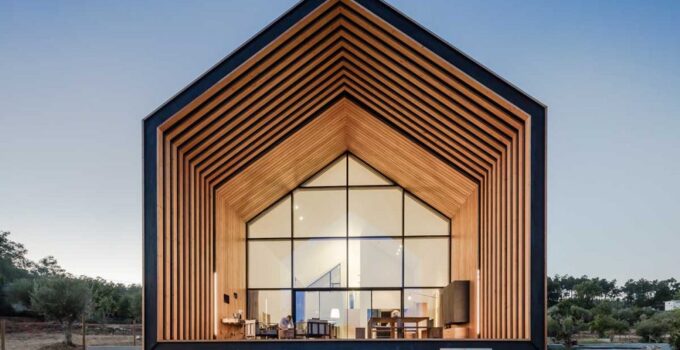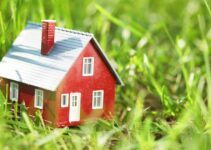Prefab homes have emerged as a dynamic solution to the rapidly changing needs of modern lifestyles. The adaptability of prefab design allows these structures to cater to a wide array of preferences and necessities, from the minimalist tiny house movement to expansive family abodes.
Tiny houses, often recognized as a symbol of simplicity, epitomize efficient design through smart allocation of space. These homes can be as compact as 100 square feet and are engineered to accommodate essential living needs without compromising comfort.
They often make use of innovative storage solutions and multi-functional furniture to maximize utility in limited space.
On the other end of the spectrum, prefab designs can also be scaled up to create spacious family homes. These larger models retain the same efficiency and modern aesthetics of their tiny counterparts, featuring open floor plans and customizable spaces that cater to the demands of family life.
Such versatility allows individuals to choose a prefab model that best suits their current lifestyle and future needs, ensuring sustainability in living choices without the constraints of traditional homebuilding.
Page Contents
Integrating Nature ─ Prefab Designs that Harmonize with Their Surroundings
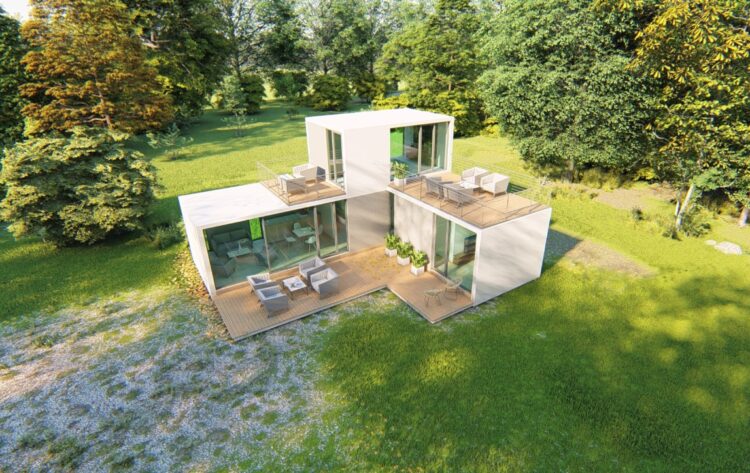
Source: neuvasa.com
The intrinsic relationship between prefab homes and their environments is a critical design consideration in modern architecture. Many designers are now creating homes that don’t just sit on a plot of land but rather blend seamlessly with their natural surroundings.
The use of eco-sensitive materials like reclaimed wood, stone, and glass contributes to a structure that feels more like an extension of the landscape rather than an intrusion. Architects are also considering the geographical and climatic factors in their designs, positioning windows and overhangs to optimize light and reduce energy costs.
Additionally, landscaping plays a significant role in this integration. Prefab homes are increasingly designed to incorporate native plants and gardens that thrive naturally in their locale. This not only reinforces the visual appeal but also promotes biodiversity, enhancing the ecosystem rather than disrupting it.
Innovative prefab designs educate homeowners on sustainable practices by incorporating features like green roofs, rainwater collection systems, and solar arrays, pushing the limits on eco-friendly living.
Urban Living Solutions ─ Making the Most of Limited Space
As urbanization continues to rise, the spotlight on smart, space-efficient housing solutions becomes paramount. Prefab homes are increasingly being recognized for their potential to address the urban housing crisis, especially in densely populated areas where space is a premium commodity.
These structures can be assembled quickly and efficiently, reducing the duration of construction and minimizing resource waste. Urban prefab homes often incorporate vertical living strategies, utilizing multi-story configurations that maximize living space without requiring extensive land.
Moreover, prefab homes are being integrated into existing city frameworks their transportable nature allows them to be placed in underutilized lots or as infill in urban environments, providing immediate housing solutions. This not only addresses the issue of housing density but also revitalizes neglected areas by turning them into vibrant communities.
By allowing for creative partnerships between urban planners, architects, and builders, prefab homes stand to redefine urban living, making it more sustainable, affordable, and adaptable to changing needs.
Eco-Friendly Innovations ─ Sustainable Practices in Prefab Construction
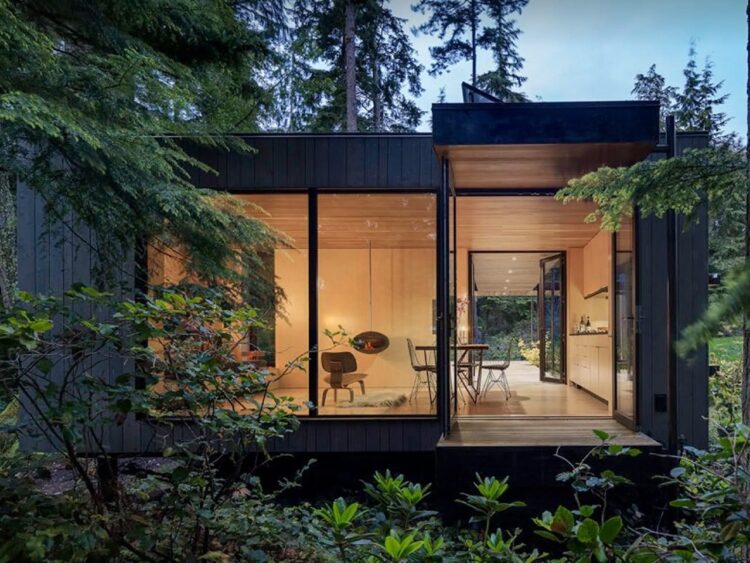
Source: yankodesign.com
Materials Matter ─ The Rise of Recycled and Sustainable Choices
The sustainability revolution has profoundly influenced the construction industry, moving toward a more circular economy where the lifecycle of materials is a fundamental focus. Prefabricated homes are at the forefront of this transformation, employing eco-friendly materials such as recycled metals, reclaimed wood, and non-toxic finishes.
The adoption of such sustainable choices not only reduces the carbon footprint associated with new material production but also lowers waste and conserves energy.
Furthermore, advancements in technology have led to the development of innovative building materials that boast enhanced performance with reduced environmental impact. For instance, engineered wood products, such as cross-laminated timber (CLT), are increasingly popular due to their strength, lightweight nature, and lower lifecycle emissions.
The trend toward lean manufacturing practices in prefab construction also minimizes resource consumption, ensuring that every element contributes positively to the overall sustainability of the home.
Energy Efficiency ─ Harnessing Nature Through Modern Design
Energy efficiency is a cornerstone of modern prefab design, with architects leveraging natural resources to reduce dependency on non-renewable energy sources. Strategies such as passive solar design, which takes advantage of the sun’s path to maximize natural light and warmth, are standard in many prefab homes. This design principle helps to maintain comfortable indoor temperatures year-round, lowering reliance on heating and cooling systems.
Integrated renewable energy systems, like solar panels and wind turbines, are also prevalent in many prefab designs. The ability to generate on-site energy not only decreases utility costs but encourages homeowners toward a more sustainable lifestyle.
By incorporating smart technology such as energy monitoring systems, homeowners can keep track of their energy consumption, allowing for more efficient usage and environmental stewardship.
Furthermore, water conservation features, such as low-flow faucets and rainwater recycling systems, help address the growing concern of water scarcity in many regions.
Creating a Zero-Waste Future ─ Cutting-edge Approaches in Prefab
Zero-waste living is increasingly becoming a defining ethos of the modern design philosophy. Prefab construction, by its nature, offers remarkable opportunities for waste reduction throughout the building process and beyond.
Upcycled materials, which transform discarded items into valuable elements in construction, feature prominently in many prefab designs. This approach not only redefines waste but fosters innovation by encouraging designers to think creatively about materials.
Moreover, the modular nature of prefab homes lends itself to continuous improvement and flexibility. Future occupants can add, remove, or modify modules based on changing needs, thus reducing the amount of seemingly obsolete material entering landfills.
Many manufacturers are also implementing take-back programs, offering to reclaim components at the end of a building’s life cycle. This commitment to a zero-waste future indicates a burgeoning awareness within the prefab industry concerning environmental responsibility and sustainability.
The Art of Aesthetics ─ Designing Prefab Homes with Style

Source: onekindesign.com
Modern Minimalism ─ Embracing Simplicity and Functionality
In an era defined by excess, modern minimalism has emerged as a powerful design philosophy, celebrating simplicity and functionality in living spaces. Prefab homes, with their efficient layouts and clean lines, contribute to this aesthetic trend with intuitive designs that often prioritize open spaces and decluttered interiors.
This approach cultivates an environment where every element serves a purpose, enhancing overall comfort and living experience.
Minimalism does not imply a lack of warmth or character. Designers are increasingly incorporating natural materials and textures that evoke a sense of connection to the outdoors, creating inviting atmospheres in what could otherwise feel stark.
By strategically employing color palettes dominated by neutral tones, with the occasional pop of color for emphasis, prefab spaces can reflect personal styles while remaining grounded in the minimalist tradition.
Color and Texture ─ Infusing Personality into Prefab Spaces
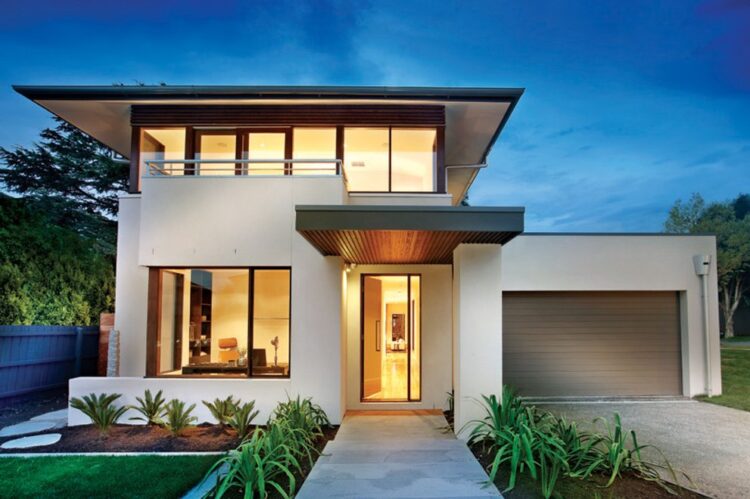
Source: houseplans.com
While the minimalist trend plays a significant role in modern prefab design, individuality remains vital in crafting personalized spaces that speak to homeowners’ tastes. The thoughtful application of color and texture can transform a standard prefab home into a vibrant, unique living environment.
From bold accent walls to rich textiles, color can inject life into confined areas without overwhelming the overall design.
Texture also plays an essential role in enriching prefab aesthetics. Surfaces can be treated with a variety of materials wood, stone, metal that offer dimensionality and tactile interest. By combining distinct textures and colors throughout a space, designers can create a visually engaging atmosphere that resonates emotionally with its occupants, making modern prefab homes as much about artistry as they are about function.
Customizable Features ─ Tailoring Your Prefab Home to Fit Your Vision
The beauty of prefab housing lies in its inherent flexibility and potential for customization. Unlike traditional homes, where renovations can be costly and time-consuming, prefab homes can be easily tailored to meet the specific preferences and needs of owners. This customization ranges from structural alterations, such as adding rooms or altering layouts to aesthetic selections, including finishes and fixtures.
Many modern companies offer customization options that allow homeowners to select materials, floor plans, and design features that align with their lifestyle and vision. This aspect not only enhances the satisfaction of homeowners but also empowers them to develop spaces that truly represent their identities.
Whether a homeowner desires an eco-chic retreat or a sleek urban dwelling, the ability to custom-tailor a prefab home heralds a future of personalized, meaningful living.
Challenges and Innovations ─ The Future of Prefab Living
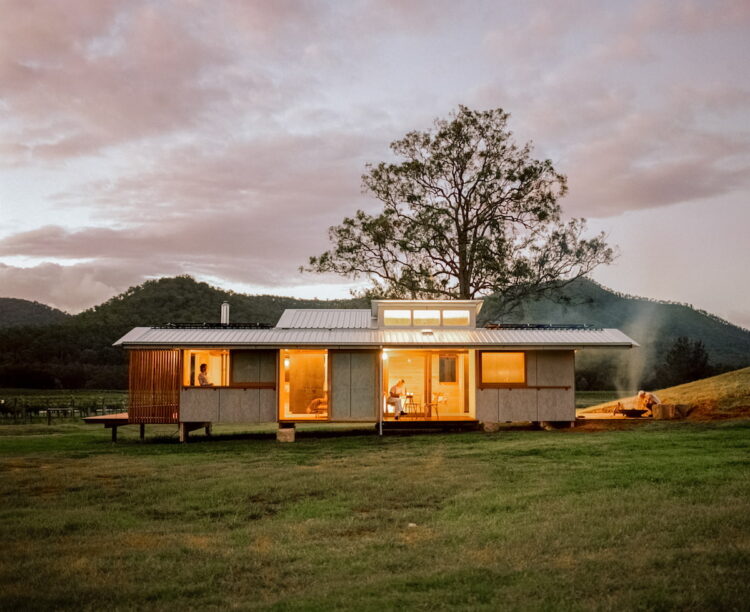
Source: greenmagazine.com.au
Overcoming Stereotypes ─ Debunking Misconceptions About Prefab Homes
Despite their growing popularity, prefab homes still face significant misconceptions that hinder broader acceptance. The stigma surrounding prefab construction often centers on the belief that these homes lack quality and aesthetic appeal.
However, advancements in technology and design have significantly escalated the standards within the prefab industry, producing homes that rival traditional custom builds in both quality and charm.
Education plays a crucial role in shifting these perceptions. By showcasing successful prefab structures and promoting informative discussions around the benefits of prefab living, advocates can combat stereotypes surrounding cost, design limitations, and environmental impact.
Initiatives like home tours, open houses, and community workshops serve to demonstrate that prefab homes can deliver craftsmanship, beauty, and sustainability, all while accommodating diverse lifestyles and budgets.
The Role of Technology ─ Smart Features in Modern Prefab Design

Source: mcmcommunities.com
The integration of technology in prefab housing represents a remarkable intersection of innovation, sustainability, and user-centered design. From smart home systems that allow occupants to control lighting, heating, and security remotely to advanced building methods that involve 3D printing and modular construction techniques, technology is reshaping the prefab landscape.
These developments elevate the standard of living while enhancing operational efficiency.
Moreover, the incorporation of IoT devices within prefab homes enables predictive analytics and real-time data access, allowing homeowners to optimize their living experiences. As smart technology continues to evolve, it is likely that prefab homes will embrace these tools to create even more responsive and customizable living environments, resulting in homes that adapt not only to their occupants but also to broader environmental conditions.
Cultural Impact ─ How Prefab Homes Are Changing Communities
The rise of prefab homes is influencing not only individual homeowners but also the cultural fabric of communities. As urban architects and planners incorporate prefab designs into larger housing strategies, there is potential for increased social interaction and economic growth in revitalized neighborhoods.
Prefab construction can accelerate community development by providing affordable housing options that meet a variety of demographic needs, be it small families, singles, or seniors.
As diverse groups begin to settle into cozy prefab communities, a new sense of belonging fosters through shared experiences. These developments can stimulate local economies by supporting small local businesses, creating a ripple effect that benefits the community as a whole.
From sustainable practices to aesthetic choices, prefab building holds the promise of driving meaningful change while serving as a vehicle for societal innovation.

